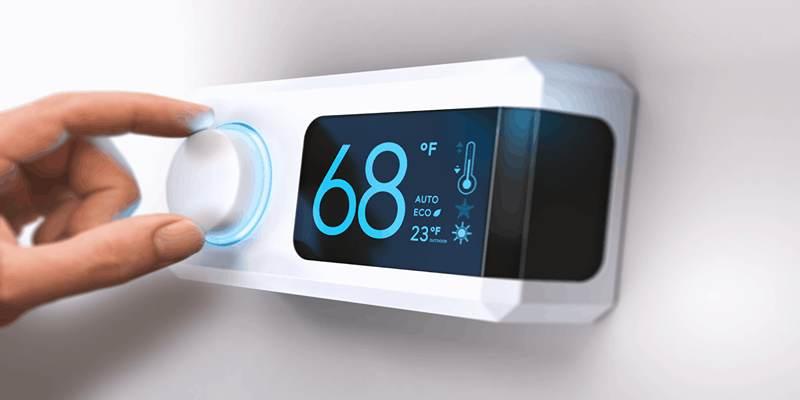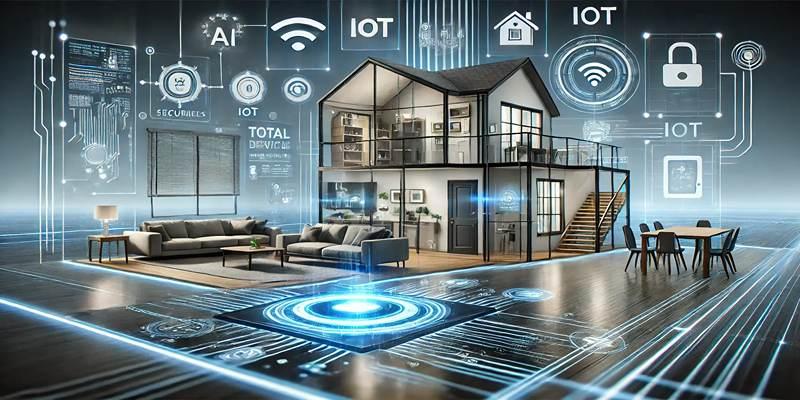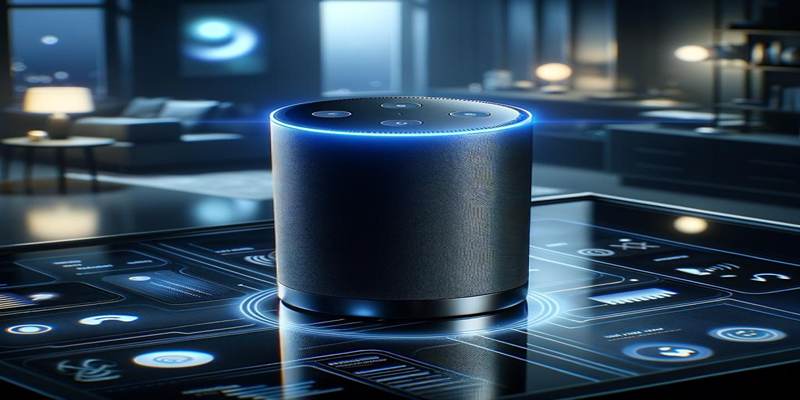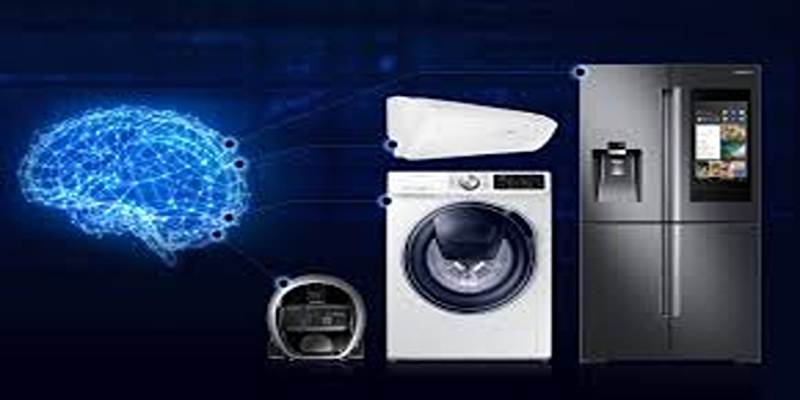Smart homes aren't just ideas from the future anymore. Houses are becoming smarter every day as more and more things like smart lighting, appliances, and thermostats become common. But as the number and complexity of these devices rise, so does the need to keep them in good shape.
It is where AI-powered predictive maintenance steps in. It helps spot problems before they happen, keeping your smart home running smoothly without unexpected breakdowns. Let’s explore how Artificial Intelligence is changing the way you take care of our smart devices.
What Is Predictive Maintenance in Smart Homes?
Using real-time data and smart algorithms to figure out when a gadget is most likely to break down is what predictive maintenance is all about. Instead of waiting for something to go wrong, the system looks for patterns or oddities that point to future problems.
In the context of smart homes, predictive maintenance ensures that devices continue operating at peak performance. The goal is to prevent problems before they arise, reduce downtime, and avoid unnecessary expenses.
Role of AI in Predictive Maintenance
With artificial Intelligence, predictive maintenance can be used before they break down. Smart home systems can learn how devices behave over time, notice small changes, and act or send alerts at the right time with the help of AI.
Before AI was involved, most maintenance routines were either reactive or scheduled. Devices were repaired after failure or serviced after fixed intervals, regardless of their actual condition. AI changes this by making maintenance more efficient and personalized.
Key functions of AI in predictive maintenance include:
- Real-time monitoring: AI is always looking at data from sensors on devices to keep track of performance.
- Anomaly detection: It detects irregular behavior or unusual activity in a device’s operation.
- Failure prediction: Based on historical data, AI can accurately predict potential faults.
- Automated alerts: AI triggers notifications or suggestions when action is required.
- Self-improvement: Algorithms become smarter over time, learning from past performance trends.
This intelligent maintenance approach helps extend the lifespan of devices while minimizing user intervention.
Smart Home Devices That Benefit the Most
Although predictive maintenance can be applied to nearly any connected device, some benefit more due to frequent usage or operational complexity.
Devices that see the greatest improvement through AI-powered maintenance:

- Smart HVAC systems: Detects airflow or compressor issues before complete failure.
- Connected refrigerators: Monitors temperature consistency and component wear.
- Voice-controlled assistants: Identifies performance lag or connectivity drops.
- Smart lighting systems: Tracks bulb performance and control system errors.
- Security devices: Detects faults in motion sensors, battery levels, or storage issues in cameras.
Each of these devices plays a critical role in maintaining comfort, safety, or efficiency in a household. Predictive maintenance powered by AI ensures they continue working without interruption.
Real-World Scenario: Predictive Maintenance in Action
Imagine a household with a smart air conditioning unit connected to an AI-powered monitoring system. Over the past few weeks, the AI has detected a gradual decrease in cooling performance and a small but consistent rise in energy consumption. Instead of waiting for the unit to stop functioning on a hot summer day, the system notifies the user:
“The AC unit is performing below expected efficiency. Consider cleaning or replacing the air filter. A technician visit may be required.”
This proactive alert allows the homeowner to resolve the issue early, saving money on energy and avoiding a complete breakdown. The same principle can apply to many smart devices, making predictive maintenance an invaluable feature in modern homes.
Benefits of AI-Powered Predictive Maintenance in Smart Homes
Using AI for predictive maintenance offers both practical and long-term benefits. It enhances the functionality of smart homes and simplifies the lives of users.
Key advantages include:
- Reduced maintenance costs: Fixing problems early prevents expensive repairs or replacements.
- Extended device lifespan: Well-maintained devices last longer, offering better returns on investment.
- Energy efficiency: Identifying performance inefficiencies helps reduce energy consumption.
- User convenience: Automated alerts remove the need for manual checks or scheduled inspections.
With these benefits, AI plays a crucial role in enhancing the overall user experience in smart homes.
Technologies That Enable Predictive Maintenance

Predictive maintenance relies on a mix of technologies working together. AI is the core engine, but it needs the support of other systems to function effectively.
Technologies involved include:
- IoT Sensors: Installed in smart devices to gather performance data like temperature, vibration, and usage.
- Cloud Storage: Stores large volumes of data for analysis and historical comparison.
- Machine Learning Algorithms: Detect trends and patterns in device behavior.
- Edge Computing: Enables real-time processing directly on devices for faster response.
- Maintenance Dashboards: Interfaces for users to view alerts and maintenance suggestions.
These technologies form a network that allows AI to make accurate predictions and timely recommendations.
Potential Challenges and Considerations
While AI-based predictive maintenance offers significant advantages, there are some challenges that manufacturers and users must consider.
Common challenges include:
- Data privacy: Devices collect and store sensitive user data, raising security concerns.
- Device compatibility: Not all smart home products are designed to support predictive maintenance.
- Initial investment: Smart systems with AI capabilities may cost more upfront.
- Technical complexity: Some users may struggle to understand alerts or act on recommendations.
Manufacturers are continuously working to make these systems more secure, affordable, and user-friendly to encourage wider adoption.
Conclusion
AI is redefining how smart home devices are maintained. By shifting from reactive to predictive maintenance, homeowners gain better control, more reliability, and improved efficiency across their systems. Through continuous learning, real-time monitoring, and data-driven alerts, AI ensures that smart devices perform at their best without the need for constant manual oversight. Whether it’s preventing an HVAC failure or optimizing energy usage in lighting systems, predictive maintenance powered by AI brings a smarter solution to everyday problems.









